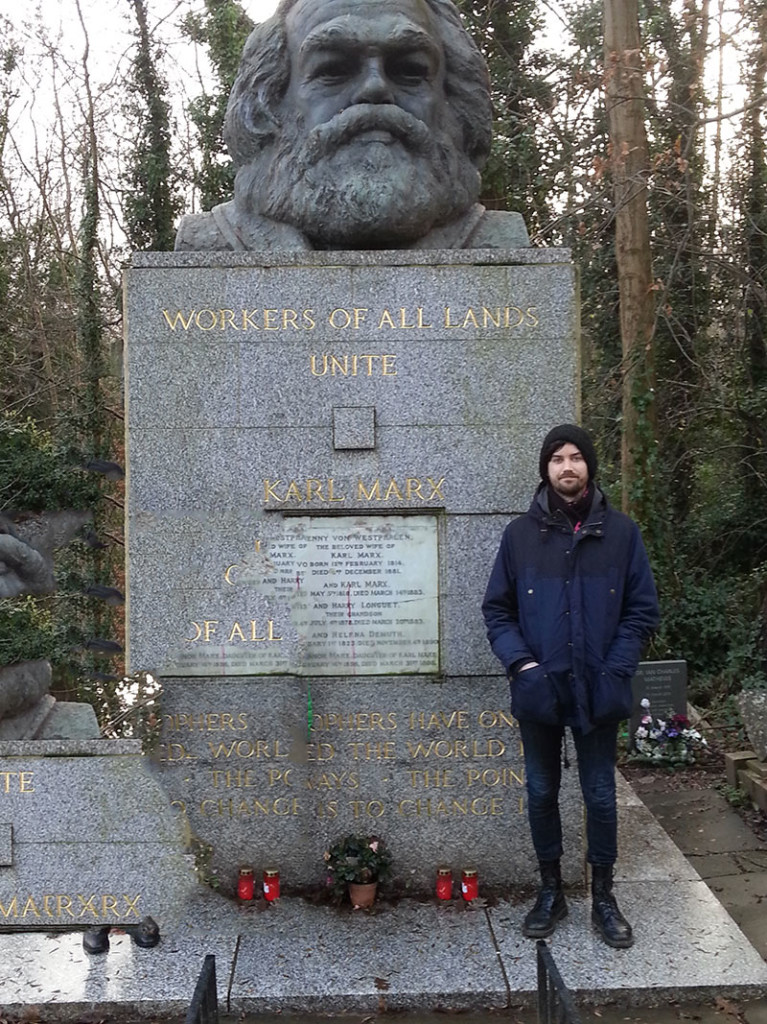Because they remain hot, they have to be electronically ventilated. This process of power-heating something we must in turn power-cool, for the phony ‘sake’ of mathematical processes intended to make more work each time they are implemented is deranged. We’re essentially turning computers into heaters that we have to cool to recompute previous computations with. On purpose. A single day of the environmental costs of this process are so catastrophic that if we ever did the accounting — if anyone did — we would immediately understand that this entire idea is a mode of ‘fracking the whole environment’ whose costs rise explosively with every moment we continue the process.
Only a species that had gone entirely insane, and consciously intended to wipe out life on Earth would ever consider such a process. But any species that could actively celebrate and expand it — must be understood as both emphatically suicidal and openly omnicidal. In short: they intend to kill everything, anything, and themselves — and are hell-bent on the continuous and unlimited expansion of this agenda.
Bitcoin = Death Processors
Arkiv för Citat
Eighty-one percent of all gentrification in Stock- holm occurred in medium- and high-income areas. Corresponding figures for Gothenburg and Malmo were 62 percent and 50 percent, respectively. In total, classical gentrification accounted for 23 percent of all gentrification, supergentrification accounted for 36 percent, and, surprisingly, ordinary gentrification in the middle strata — a type unseen in the gentrification literature — accounted for 41 percent. This finding clearly contradicts the widespread assumption that gentrification is a process that particularly affects low-income areas. This also reminds us of Hammel’s (1999) key insight that the formation of rent gaps does not require disinvestment in the building stock or decreasing capitalized land rents but can develop through stable or slightly rising capitalized rents that fail to keep pace with rapidly rising potential land rents (cf. Lees, Slater, and Wyly 2008).Neoliberalization of Housing in Sweden: Gentrification, Filtering, and Social Polarization
Alex, var du också på demonstrationen mot dödsätarna?
Min 8-åriga lillsyrra frågar om Kärrtorp. God fortsättning. <3

If you want to reduce your carbon footprint, their results were unequivocal: Shop online. If you drove to the store, you’d have to buy 24 items to make the trip equal to the carbon footprint of just one item ordered online. If you took the bus, you’d have to buy eight.
– Per Square Mile, det är en rätt intressant blogg, kan rekommendera att följa den!
In designing SUVs for Daimler-Chrysler, Clotaire Rapaille carefully researched the psychology of SUV buyers and the construction of their identities and developed designs that appealed to an orientation to the car that ”If there’s a crash, I want the other guy to die”. Note – not ”I want to be safer”, but ”I want to impose violence on someone else”. In other words, one can just as easily read the history of the automobile subject as a history of violence and domination as a history of freedom and equality.
– Mathew Paterson, Automobile Politics, s. 164-165
Trots Jacobs goda intentioner har hennes idealvision av livet i staden format två viktiga redskap som hjälper byggherrarna att nå sina mål: politikernas tillväxtretorik och medierepresentationerna av kulturkonsumtionen. Skeptiker kanske påpekar att detta bara är ord och bilder; att dessa två faktorer, både tillsammans och var för sig, saknar makt att åstadkomma faktiska förändringar i stadens byggda miljö. Men dessa ord och bilder skapar ett språk som förkroppsligar vår längtan efter en bra plats att leva på. Med tiden övertygar detta språk oss om att det goda livet är avhängigt av att vi bygger fler kulturella attraktioner som kan locka turister till staden, av att vi öppnar fler kaféer och butiker och av att vi restaurerar fler gamla hus till deras forna elegans. Dessa bilder av det goda livet kamouflerar en grundläggande konflikt. Politikerna är beroende både av att privata byggbolag investerar och bygger och av att väljarna röster på dem; de balanserar hela tiden mellan att utlova fler billiga bostäder som bidrar till att bevara närsamhället, och att uttrycka sitt stöd för saneringsprojekt som sannolikt förändrar samma närsamhälle.